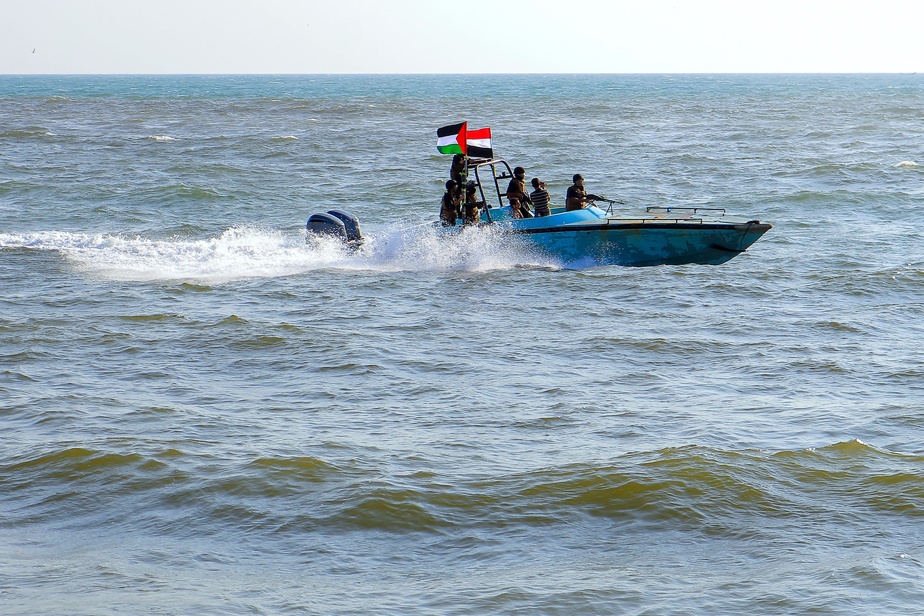(Montreal) Canadian businesses and consumers could soon feel the repercussions of attacks on ships plying in the Red Sea.
International shipping carriers are avoiding this important trade corridor after Houthi militants in Yemen stepped up attacks on commercial vessels to protest Israel’s military campaign in the Gaza Strip.
Shipping giant Maersk said Friday it would avoid the Suez Canal and the Red Sea, passing through South Africa’s Cape of Good Hope “for the foreseeable future.”
The route change adds 10 days and hundreds of thousands of dollars in additional fuel and labor costs, leading to potential price increases for wholesale and retail products.
Other shipping companies, including MSC, the world’s largest container shipping line, have decided to avoid the Bab el-Mandeb Strait in the Red Sea, the focal point of dozens of attempted missile and drone strikes against cargo ships.
Yan Cimon, a business professor at Laval University, says Europe will feel the most direct effects, but consumer goods and some manufacturing parts destined for Canada also pass through the canal, which handles about a third of traffic. container world.
“Obviously we do significant trade with Europe and we also import some raw materials from Asia that could go through the Suez Canal,” Cimon points out.
“Shippers themselves will also face significant pressure on their transport capacity, as vessels operating on longer routes cannot be used on other routes,” adds the professor.
Data from Drewry, a shipping industry research firm, shows that global container shipping rates have jumped 61% in the last week alone. Increases are also observed on routes between Asia and North America.
Since November 30, global rates have jumped 93%, from US$1,382 per 40-foot container to US$2,670.
In addition, a severe drought in Panama amplified the effect of the crisis on the Red Sea. Many shipping services between Asia and the east coast of North America have recently opted to use the Suez Canal, instead of taking the usual route across the Pacific Ocean and the Panama Canal.
“Canada, if you will, has a certain chance of being geographically linked to the North American supply chain and those of other regions. However, this does not mean that we are not at risk,” warns Mr. Cimon.
